What to expect from Google in 2017
Google in 2017 is going to be all about the letter P: processors, Pixels and PCs

While 2016 had its moments, it wasn’t the best year for Google. Its latest wearable OS didn’t ship, its much-rumoured next-generation mobile OS didn’t appear and its Pixel phones weren’t given as much development time as its engineers might have liked.
But the seeds Google planted in 2016 will flower in 2017 - but it’ll have to weed out some undesirable stuff too.
Here’s what to expect from Google in 2017...
Android Wear 2
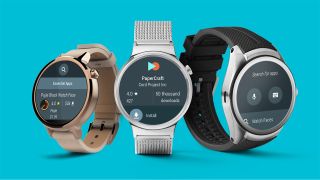
The next big update to Google’s OS for wearable devices, Android Wear 2, was originally planned for 2016, but Google decided to hold it back rather than rush out a version with rough edges. It’ll be worth the wait: the update to Android Wear 2 makes authentication faster, adds in-app billing and makes apps more independent, which should mean smoother and faster performance too.
Expect some interface tweaks, improved notifications and, we hope, announcements of new devices: in 2016, some Android Wear manufacturers such as LG and Lenovo put their device plans on temporary hold.
The end of Chrome Apps, except on Chrome
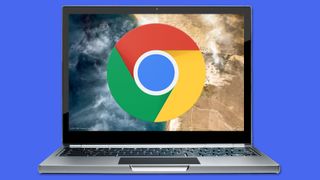
Are you a big fan of Chrome Apps on Windows, Mac or Linux? Then we’ve got two bits of bad news for you: you’re in a tiny minority, and you won’t be getting any more Chrome Apps. That’s because in August 2016 Google admitted that hardly anybody was using the packaged apps - fewer than 1% of Chrome users - and said that from 2017, it would withdraw its support.
The apps will keep working until 2018. According to Google, the other reason for the change is that web apps can now deliver the features they didn’t in the past, such as offline working and pushing notifications.
Get daily insight, inspiration and deals in your inbox
Sign up for breaking news, reviews, opinion, top tech deals, and more.
Google saves the planet
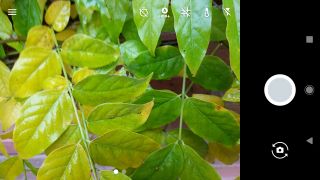
Google is the world’s biggest corporate buyer of renewable energy, and from 2017 onwards its data centres and offices will get 100% of their power from wind and solar energy. According to Marc Oman, Google’s EU energy lead, it’s as much about hard-headed business sense as it is about the environment: “We are convinced this is good for business,” he says.
“This is not about greenwashing. This is about locking in prices for us in the long term. Increasingly, renewable energy is the lowest cost option.”
And when it comes to climate change, Google is firmly on the side of the reality based community.
“Our founders are convinced climate change is a real, immediate threat,” Oman says. “So we have to do our part.”
More mobile
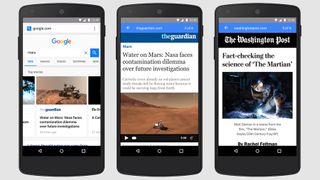
Google is making some big changes to the way it ranks pages, and one such change kicks in on the 10th of January: websites that look good to Google’s robots but slap a great big advert in front of all the content when you visit can expect to see their site fall down Google’s listings.
Google is continuing to prioritise mobile-friendly sites in its search results - it calls it mobile-first indexing - and it’s encouraging businesses to use its AMP format to generate 'Rich Cards', search results that include previews of relevant content right there in the results page.
Google Cloud Next ’17
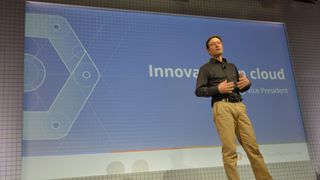
Google Cloud Next takes place from March 8 to March 10 in San Francisco, and it’s all about the future of the cloud. The conference is aimed at businesses and developers, but with Google promising to show “what’s coming from the Google Cloud Platform, G Suite, Maps and Devices teams” there should be some interesting snippets and revelations for anybody who uses Google’s cloud services. Which is pretty much everybody.
According to VP of Google Cloud marketing Alison Wagonfeld, “We’ll kick things off on March 8 with keynotes featuring the Google Cloud leadership team, new product announcements and demonstrations and perspectives from industry leaders.”
Google chips
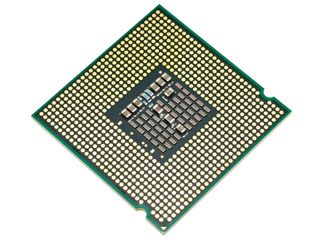
In 2016 we discovered that Google was making its own processors to power its artificial intelligence efforts, and the previous year leaks suggested that Google was very interested in creating its own smartphone CPUs and GPUs too. Could 2017 be the year those two rumours meet, have a special hug and deliver a little silicon baby?
There isn’t any Google silicon in the Pixel phones, which use Qualcomm Snapdragons, but Bloomberg says that that’s Google’s long-term plan. Whether it happens will largely depend on Pixel sales: creating your own chips isn’t simple or cheap, so you need to be sure it’s going to be worth the effort.
It. Just. Works.
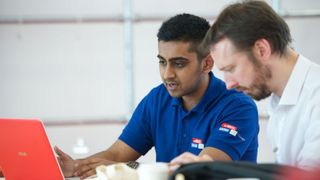
One of the problems facing Android is that it’s a bit like Windows: with multiple manufacturers making multiple devices, Android doesn’t benefit from the complete control of hardware and software that Apple has with its products, and that means Google can’t optimise Android quite so effectively.
That’s changing. What’s most interesting about the Pixel phones isn’t what they do - there’s nothing about their feature list that makes you want to jump up and down with excitement - but they way that they do it.
To borrow a phrase from Apple, they just work: they’re sleek, smooth, and refined. That’s because Google’s in control of everything, not just the OS - and that’s something it’s going to do more often.
Facts, not fiction
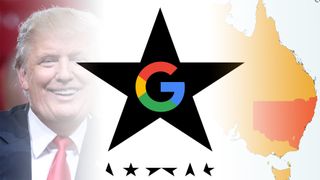
As 2016 drew to a close Google was facing heavy criticism about the way it reported certain searches: for example, Holocaust-related queries would give top billing to Holocaust denial sites that claim the horror never happened. Groups have also deliberately targeted its autosuggest options too, with top results claiming that the Sandy Hook massacre didn’t happen, that homosexuality is a sin and that climate change is a hoax.
Google traditionally addresses such issues by making quiet changes to its algorithms when nobody’s looking, but newspapers such as The Guardian are very publicly demanding Google take steps to address the issue.
New Pixel and Pixel XL
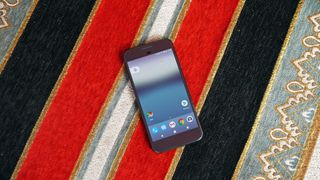
Google says it’s in it for the long term with its Pixel products, and as we’ve already discovered it may be working on its own processors for future Pixels. But even if that doesn’t arrive in 2017 the next Pixels should be interesting, because they don’t suffer from the same rush that the original Pixels were built in.
As Bloomberg reports, “now that Google is designing phones itself, the company can at long last put together a product roadmap going out several years.” If the 2016 Pixels were what Google came up with when it was pressed for time, this year’s models should be very interesting indeed.
Andromeda strain
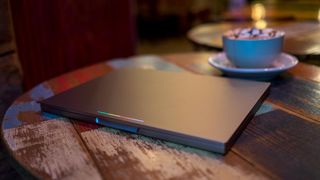
Andromeda is Google’s Windows 10, a platform that’s designed to run on everything from the smallest wearables to the most powerful phones and perhaps PCs, and we should see it surface in 2017.
It’s the future of both Chrome OS and of Android, and it may arrive on a Bison. That’s the codename for the hybrid convertible that may be launched as the Pixel 3, and which rumours say is even thinner than Apple’s latest MacBook. We’re expecting to see the Bison in the third quarter of 2017, although that’s very tentative: everybody expected Google to formally announce Andromeda at its event in October 2016, and it didn’t.
Writer, broadcaster, musician and kitchen gadget obsessive Carrie Marshall has been writing about tech since 1998, contributing sage advice and odd opinions to all kinds of magazines and websites as well as writing more than a dozen books. Her memoir, Carrie Kills A Man, is on sale now and her next book, about pop music, is out in 2025. She is the singer in Glaswegian rock band Unquiet Mind.
Most Popular


